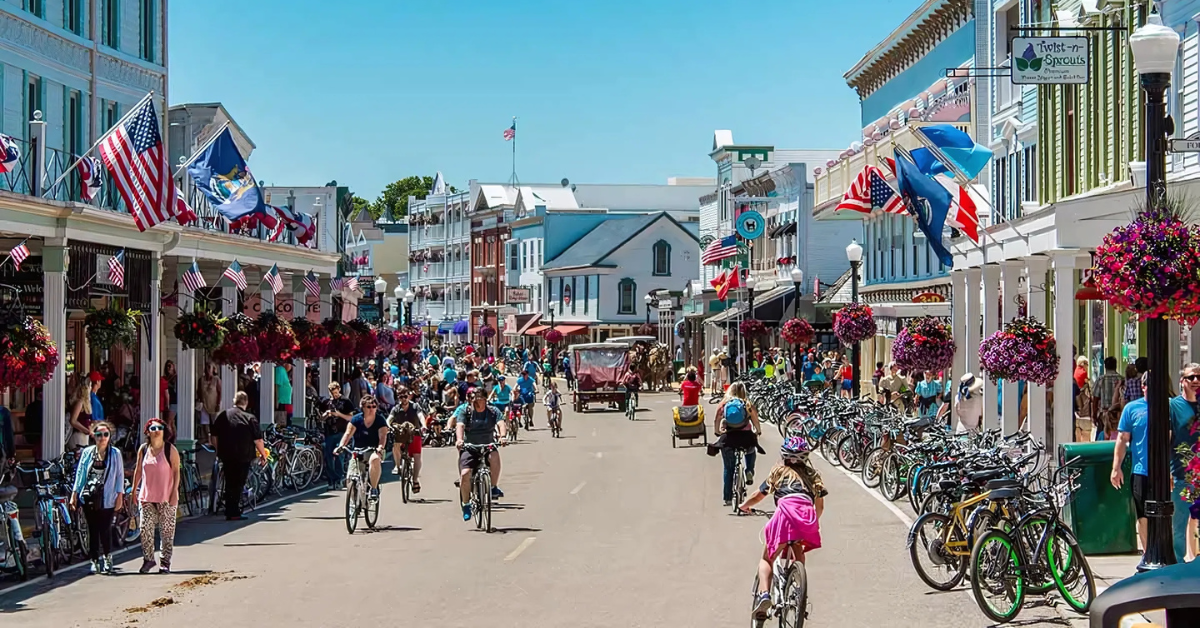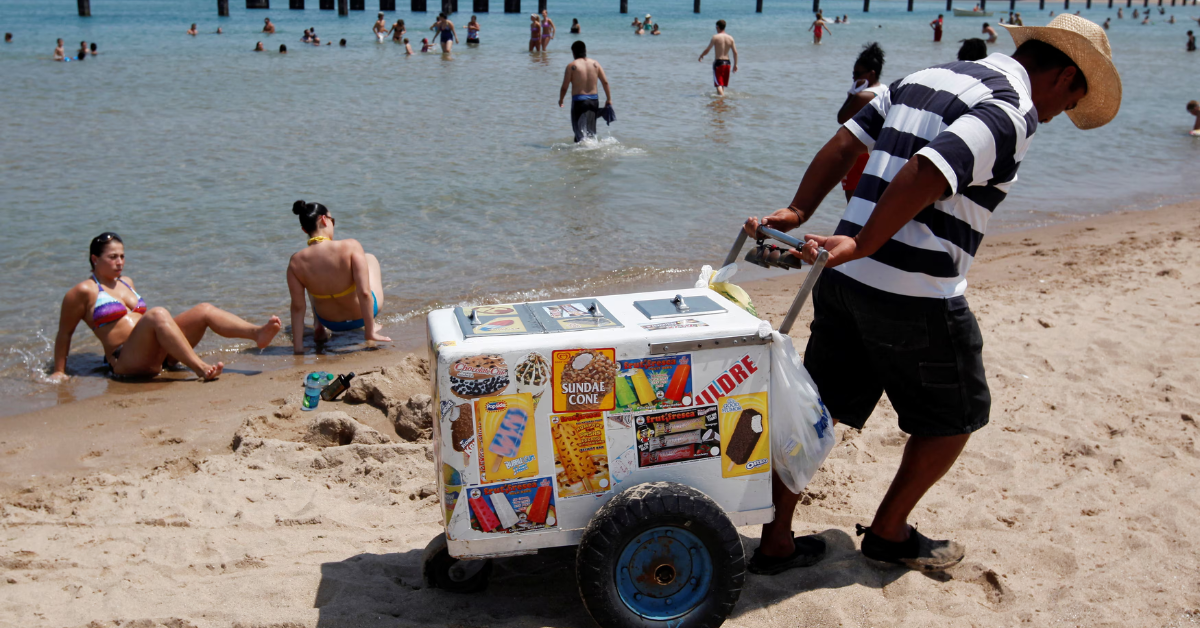Tourism in Michigan, once a booming industry due to its natural beauty and vibrant cities, is now facing serious challenges. Like many other major U.S. cities, Michigan is experiencing a sharp decline in travel demand, impacting local businesses and economies. This downturn has raised concerns about the future of the tourism sector and has prompted city officials to look for solutions to attract visitors again.
The drop in travel demand is not unique to Michigan. Cities across the United States are seeing fewer tourists, which affects everything from hotels and restaurants to museums and entertainment venues. Understanding the factors behind this decline and how cities like Michigan can respond is important for anyone interested in travel, business, or economic recovery in the U.S.
Why Is Tourism Declining in Michigan and Other U.S. Cities?
Several reasons explain the fall in tourism across Michigan and other major U.S. cities. Economic uncertainty plays a big role, as inflation and rising prices make people more cautious about spending on travel. Additionally, some travelers prefer staying closer to home due to ongoing concerns about health and safety, especially after the COVID-19 pandemic disrupted global travel.
Travel experts also point to changing travel behavior and preferences. Younger generations, who were once expected to boost travel numbers, are now prioritizing different experiences or postponing trips because of financial pressures. According to a recent report by CNBC, demand for leisure travel has decreased by nearly 15% in several U.S. cities including Detroit and Grand Rapids.
The Economic Impact of Falling Tourism
Tourism is a major source of income and jobs in Michigan. The crisis means hotels see lower occupancy, restaurants experience fewer visitors, and entertainment venues struggle to stay open. This creates a ripple effect across the local economy, impacting workers and small business owners who rely on tourist spending.
According to the Michigan Economic Development Corporation, tourism brought in over $26 billion annually before the decline. Now, with fewer tourists, local governments face reduced tax revenues which can affect public services. The situation is similar in cities like San Francisco and Chicago, which are also working hard to revive their tourism industries.
What Are Michigan and Other Cities Doing to Solve the Crisis?
City officials and business leaders in Michigan are developing new strategies to attract tourists back. These include promoting safe travel options, enhancing local attractions, and offering promotions or discounts to encourage visitors. Efforts to boost digital marketing and improve infrastructure are also underway.
Additionally, partnerships with airlines and travel agencies aim to make travel cheaper and more convenient. Cities are also emphasizing outdoor activities and cultural events, which appeal more to today’s travelers looking for unique and safe experiences. For example, Michigan’s popular Great Lakes beaches and national parks are being highlighted as prime destinations.
What Does the Future Hold for Tourism in Michigan?
Though the tourism crisis is challenging, there is hope for recovery. As the economy stabilizes and travel preferences evolve, experts believe demand will gradually increase. Michigan’s natural attractions and unique experiences give it an edge in attracting a new generation of tourists.
Younger travelers, who value adventure and authenticity, can find plenty to explore in Michigan. With continued innovation and support from local communities, tourism is expected to bounce back, bringing renewed energy and job opportunities to the region.
Final Thoughts
Michigan is not alone in facing a drop in tourism but its response shows promise. The tourism crisis affecting many U.S. cities highlights the importance of adaptability and innovation in attracting visitors. For travelers, this means better and more creative options in the future as cities like Michigan work hard to reinvent their tourism offerings.







